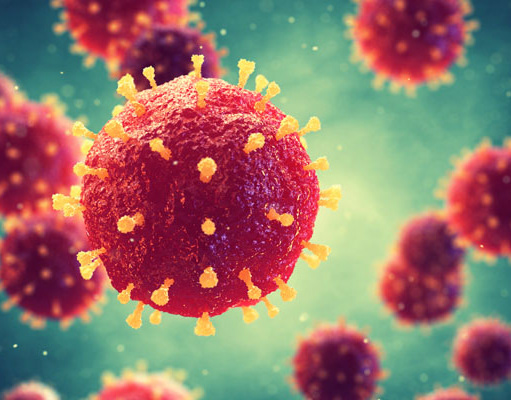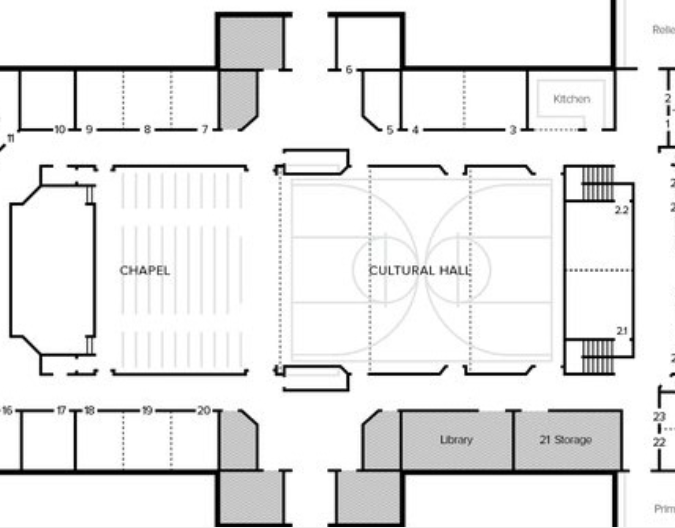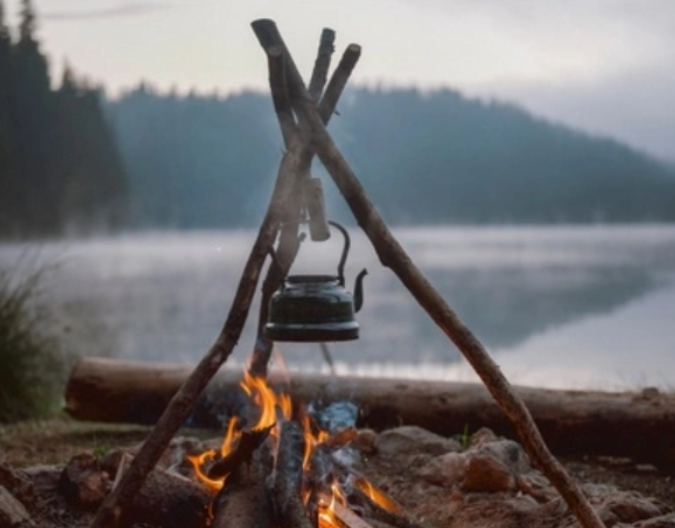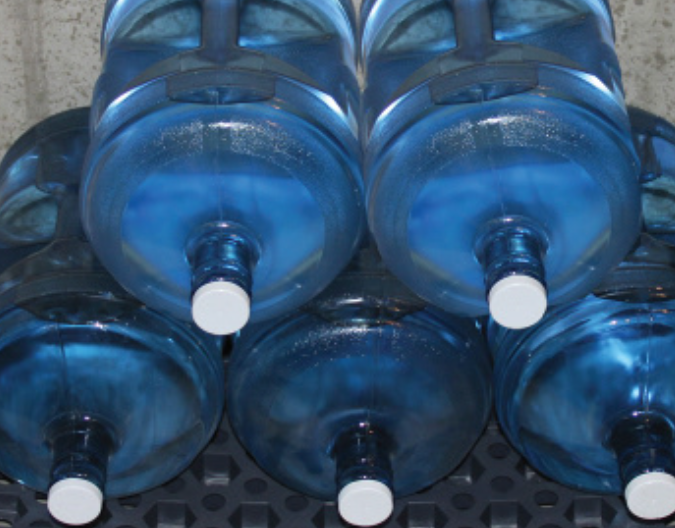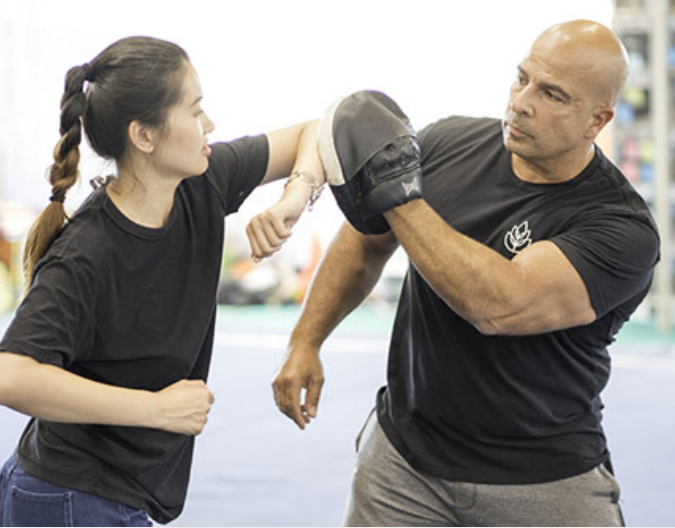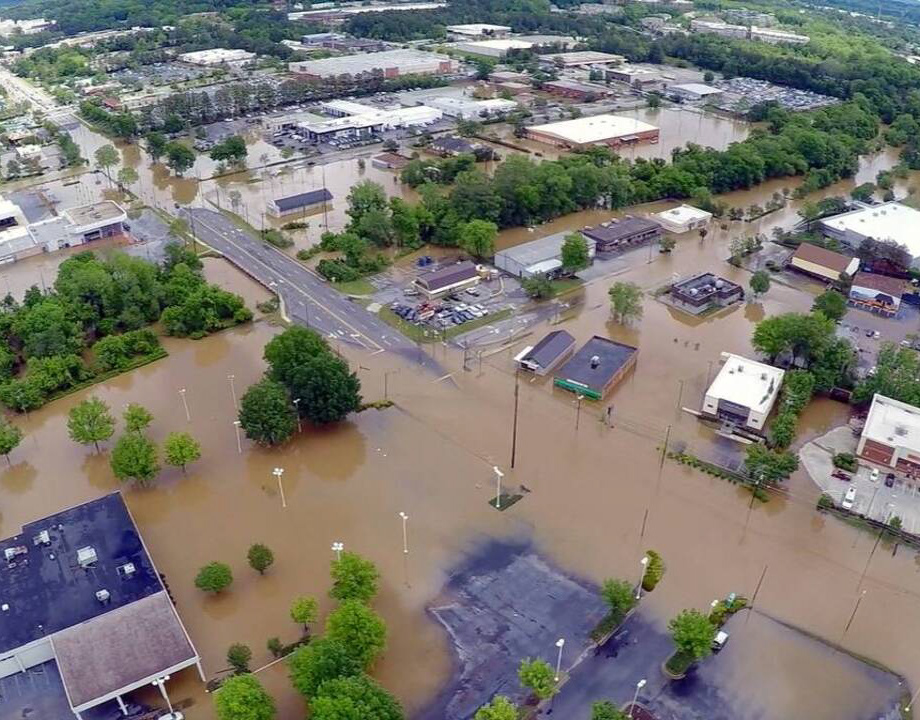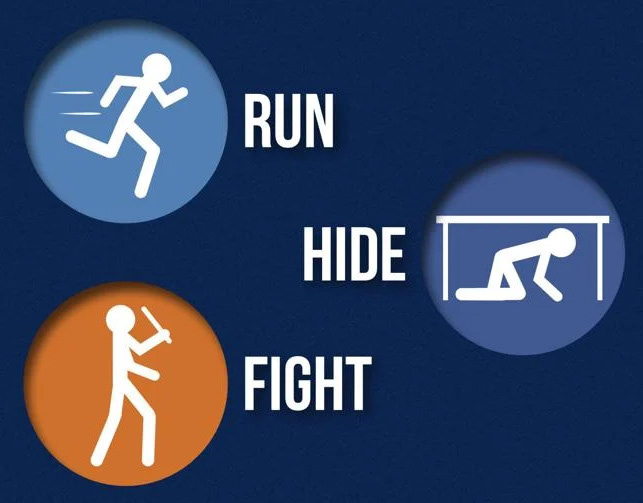Disasters may strike quickly and without warning. These events can be frightening for adults, but they are traumatic for children if they don't know what to do.
During a disaster, your family may have to leave your home and daily routine. Children may become anxious, confused, or frightened. It is important to give children guidance that will help them reduce their fears.
Children and Their Response to Disaster
Children depend on daily routines: They wake up, eat breakfast, go to school, play with friends. When emergencies or disaster interrupt this routine, children may become anxious.
In a disaster, they'll look to you and other adults for help. How you react to an emergency gives them clues on how to act. If you react with alarm, a child may become more scared. They see our fear as proof that danger is real. If you seem overcome with a sense of loss, a child may feel their losses more strongly.
Children's fear also may stem from their imagination, and you should take these feelings seriously. A child who feels afraid is afraid. Your words and actions can provide reassurance. When talking to a child, be sure to present a realistic picture that is both honest and manageable.
Feeling of fear are healthy and natural for adults and children. But as an adult, you need to keep control of the situation. When you're sure that danger has passed, concentrate on your child's emotional needs by asking the child what's uppermost in his or her mind. Having children participate in the family's recovery activities will help them feel that their life will return to "normal." Your Response during this time may have a lasting impact.
Be aware that after a disaster, children are most afraid that:
○ The event will happen again.
○ Someone will be injured or killed.
○ They will be separated from the family.
○ They will be left alone.
○ Someone will be injured or killed.
○ They will be separated from the family.
○ They will be left alone.
Advice to Parents:
Prepare for disaster
You can create a family Disaster plan and practice it so that everyone will remember what to do when a disaster does occur.
Teach your children how to recognize danger signals. Make sure your child knows what smoke detectors, fire alarms and local community warning systems (horns, sirens) sound like.
Teach your child how and when to call 9-1-1. Talk them through a senario of when, have them practice giving their location (home address, etc.) over the phone when calling 9-1-1.
Help your child memorize important family information, such as their full name, address and phone number. They should also know where to meet in case of an emergency or separation. They can carry a small info card on them if they have trouble memorizing vital information.
After the Disaster: Time for Recovery
Immediately after a disaster, try to reduce your child's fear and anxiety.
Keep the family together. While you look for housing and assistance, you may want to leave your children with relatives or friends. Instead, keep the family together as much as possible and make children a part of what you are doing to get the family back on its feet. Children get anxious, and they'll worry that their parents won't return.
Calmly and firmly explain the situation. As best you can, tell children what you know about the disaster. Explain what will happen next. For example, say "Tonight, we will all stay together in the shelter." Getdown to the child's eye level and talk to him or her.
Encourage children to talk. Let children talk about the disaster and ask questions as much as they want. Encourage children to describe what they're feeling. Listen to what they say. If possible, include the entire family in the discussion.
Include children in recovery activities. Give children chores that are their responsibility. This will help children feel they are part of the recovery. Having a task will help them understand that everything will be alright.
You can help children cope by understanding what causes their anxieties and fears. Reassure them with firmness and love. Your children will realize that life will eventually return to normal. If a child does not respond to the above suggestions, seek help from a mental health specialist or a member of the WARD or Stake leadership.
Kids Activity Survival Kit
You may have to leave your house during a disaster and may sleep somewhere else for a while. It's smart to put together your own Kid's Activity Survival Kit so you will have things to do and share with other kids. These can all be stored in a backpack or duffel bag. Just make sure you can carry it easily. Some suggested items for your activity survival kit:
▷ A few of your favorite books
▷ Crayons, pencils or marking pens and plenty of paper
▷ Scissors and glue
▷ Two favorite toys such as a doll or action figure
▷ One or two board games
▷ A deck of cards
▷ A puzzle (One with lots of pieces is good -- it takes a long time to do!)
▷ Small people figures and play vehicles that you can use to play out what is happening during your disaster -- such as ambulance, fire truck, helicopter, dump truck, police car, small boats.
▷ Favorite stuffed animal or puppet
▷ Favorite blanket or pillow
▷ Pictures of the family and pet
▷ A "keep safe" box with a few treasures that make you feel special.
▷ Crayons, pencils or marking pens and plenty of paper
▷ Scissors and glue
▷ Two favorite toys such as a doll or action figure
▷ One or two board games
▷ A deck of cards
▷ A puzzle (One with lots of pieces is good -- it takes a long time to do!)
▷ Small people figures and play vehicles that you can use to play out what is happening during your disaster -- such as ambulance, fire truck, helicopter, dump truck, police car, small boats.
▷ Favorite stuffed animal or puppet
▷ Favorite blanket or pillow
▷ Pictures of the family and pet
▷ A "keep safe" box with a few treasures that make you feel special.
Ready.gov/kids
This website contains a myriad of activities to prepare children for responding to emergencies.
This website contains a myriad of activities to prepare children for responding to emergencies.

